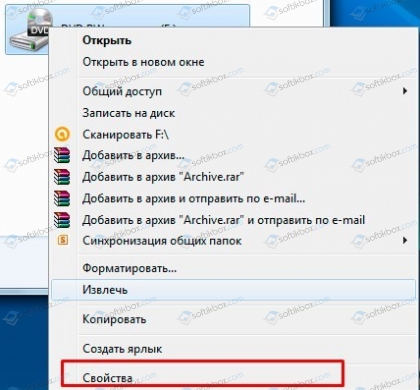

I am still having trouble.īioconductor version 3.9 (BiocManager 1.30.8), R 3.6.1 ()Ĭontent type 'application/zip' length 3419205 bytes (3.3 MB) Missing cdf environment! in show(AffyBatch) Library - package aflavusa520391fcdf not installedīioconductor - aflavusa520391fcdf not available Specified environment does not contain AFLAVUSa520391F
#WORKING WITH NET CDF FILES IN R UPDATE#
Update all/some/none? : install.packages("aflavus520391fcdf", type = "source", repos = NULL)Įset<-ReadAffy(celfile.path="C:\Users\EKL\Downloads\GSE57629_RAW")Ĭould not obtain CDF environment, problems encountered: Update all/some/none? : library(makecdfenv) Old packages: 'BiocManager', 'boot', 'digest', 'foreign', 'hms', 'KernSmooth', Legend.text = element_text(size = 11, colour = 1),Īxis.This is what I got after doing what you suggested.Ĭ:\Users\EKL\AppData\Local\Temp\RtmpE9Qnca\downloaded packages Legend.background = element_rect(colour = 1), # geom_path(data = data, aes(x = lon, y = lat, col = id), size =. Geom_sf(data = spData::world, fill = "grey80", col = "black")+ Geom_raster(data = sla.df, aes(x = x, y = y, fill = ), interpolate = FALSE)+ plot with ggplot using geom_raster function The sf and *ggplot2** package were used to plot the map of sea level anomaly in figure 1 using data from data frame showin (table 1). One of the package of tidyverse is the ggplot2 (Wickham, 2016) that support simple features (E. KableExtra::column_spec(column = 1:3, width = "5cm", color = 1) Table 1: Random sample of twelve observations showing the sea level anomaly at specific locationĪs the data frame is the primary data structure in R (R Core Team, 2018), famous package like tidyverse also depend on tibble-new format of data frame for manipulation and plotting (Wickham, 2017). Sla.df %>% sample_n(12) %>% kableExtra::kable("html", row.names = FALSE, col.names = c("Longitude", "Latitude", "Sea Level Anomaly"), align = "c", caption = "Random sample of twelve observations showing the sea level anomaly at specific location") %>% Table 1 is the random sample of twelve observation of the sea level anomaly of the data frame created sla.df = raster::as.ame(sla, xy = TRUE)

The argument xy = TRUE was parsed in the as.ame() to ensure that the process returns the longitude and latitude information as well. The raster layer was transformed into data frame with as.ame() function from raster package. The last tranformation involves converting raster layer into data frame. We start by loading the packages we need for this task. In this post, I will ride you through the routine of reading netCDF file and convert it to data frame with raster package.

Similarly, most plotting package use data frame for drawing plots pretty easy. Instead data table is the primary data storage and its this structure that R like to wrange data- manipulation, transformation, analysis. Unfortunately, neither array nor matrix are the fundamental data storage in R. R has a ncdf4 package that allows to read and write netCDF files and its outputs are either array or matrix for the data and atomic vector for other variables like the longitude, latitude, time and depth (Pierce, 2017). In our Temperature example, the dimensions are longitude, latitude, and depth. NetCDF files also contain dimensions, which describe the extent of the variables’ arrays. For example, you might have a variable named “Temperature” that is a function of longitude, latitude, and depth. The netCDF data file format contain one or more variables, which are usually structured as regular arrays and metadata describing the contents and format of the data.

Scientist often store most of oceanographic and environmental variables from satellite sensors in netCDF format.


 0 kommentar(er)
0 kommentar(er)
